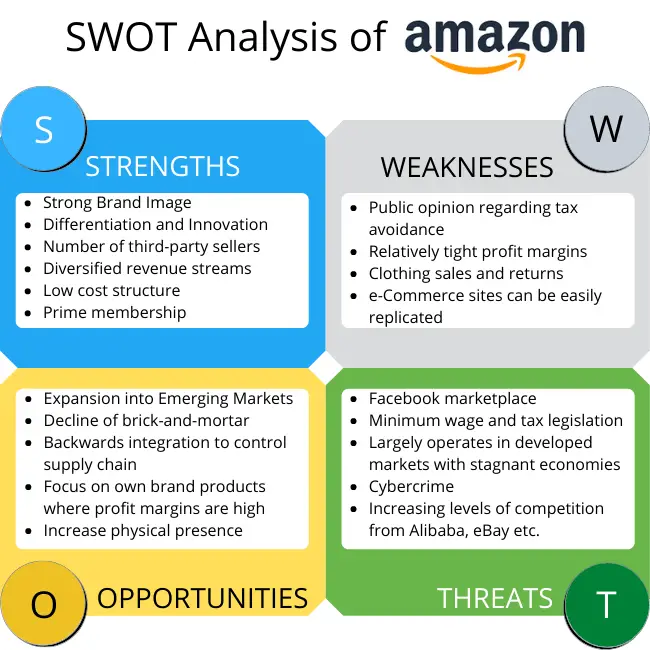Strategic Management Analysis Tools When a business chooses to incorporate Chandlers theory into their organization its managers must recognize that strategic management is a continual and collaborative process Lana 2008 para. Conveying the business purpose to its stakeholders.
 Utilizing The Various Strategic Analysis Tools
Utilizing The Various Strategic Analysis Tools
Strategic Analysis Tools Visual templates for analyzing your organization and its operating environment Identify and assess information relevant to your organizational strategy Map out the organizations current position and plan for future growth.

Strategic analysis tools. O The local national and world economic impact. De Bonos Six Thinking Hat. Module 3 - slide 8.
Analytical tools PESTLE analysis. We only offer the well-researched and well-explained tools that can be instantly used by everyone. PEST PESTEL Analysis.
SWOT analysis PEST analysis Porters five forces analysis four corners analysis value chain analysis early warning scans war gaming. Identify andor evaluate the relevant data that is needed to formulate the strategy. 10 Business Analytical Tools.
SWOT PESTLE and other models for strategic analysis Guide Business analysis models are useful tools and techniques that can help you understand your organisational environment and think more strategically about your business. An overview of these strategic analysis tools will be provided in this topic gateway. Strengths and weaknesses are internal to the organization opportunities and threats.
This allows you to construct your strategy around the premise that you cant be sure which if indeed any of them will come to pass. Define the external and internal environmental factors that are influencing the company activities. O The current and potential influences from political pressures.
PESTLE is an analytical tool which considers external factors and helps you to think about their impacts. PEST Analysis short for Political Economic Social and Technological Analysis is a strategic management tool used to assess the four external environmental factorsEach of the PEST factors may represent constraints or opportunities depending on circumstances. Core Strategy Tools 7 SOAR Analysis Focusing on the Positives and Opening up Opportunities.
Examples of analytical methods used in strategic analysis include. Identifying the future position of the business. A Situational Analysis of a Strategic Marketing Plan.
Scenario Analysis is a tool to help you to anticipate multiple different futures. Enjoy the strategy tools. Strategic Identifying and Analyzing Modeling Canvas is an innovative tool for strategic analysis specifically developed for technology new ventures.
The factors in PESTLE analysis. In most cases strategic analysis tools aim to help a company or a team to. Analytical Tools for Business Analysis.
They should periodically be identified understood and analyzed by the company so it can achieve optimum performance. The standard analysis tool defined as Strengths Weaknesses Opportunities and Threats.





